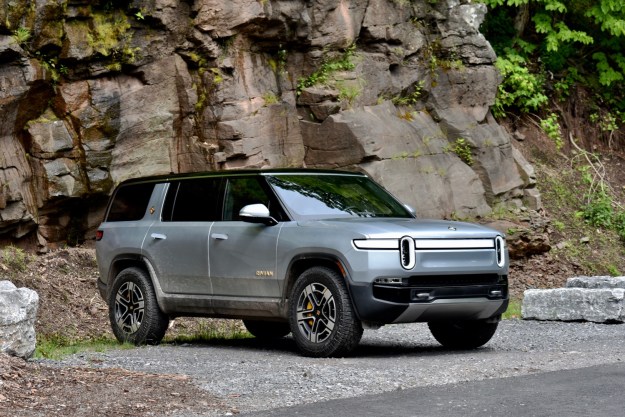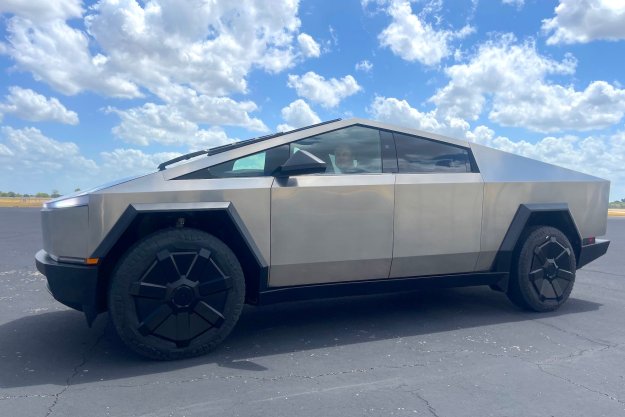Read our full 2015 Lambrorghini Huracan LP610-4 review.
Dubai isn’t the only country with a menacing police vehicle arsenal. Italy – the land of supercars – has some serious law enforcement machines of its own, thanks to Lamborghini.
This week, Lamborghini’s President and CEO, Stephan Winkelmann, has donated a 2015 Huracán LP610-4 to the Italian State Police.
“We have a strong and fitting relationship with the Italian State Police. The new Lamborghini Huracán stands for Italian supercar excellence and we are proud to provide it to the Italian State Police to carry out the specialist tasks these police cars undertake,” Winkelmann said in a prepared statement.
The all-new mid-engined supercar, clad in its “blu Polizia” paint scheme, replaces the fleet of Gallardos utilized by the Rome police department since 2004 and by the Bologna police since 2005. In 2008, however, the second-gen Gallardo replaced both municipalities first-gen raging bull interceptors.
As standard, the Huracán comes fitted with a 610-horsepower 5.2-liter V10 and all-wheel drive. The police-equipped version, however, has even more specialized kit. Most notably, the Huracán Polizia includes a system called “Proof Video Data System.” The system uses a camera mounted near the rearview mirror and GPS data to identify, track, and calculate speed of offending vehicles on the highway.

“Using radio data transmission, the video system in the Huracán Polizia transfers its images in real time to the relevant police station. There, the videos are stored and used for automatic number plate retrieval. This information can be used for immediate identification of stolen vehicles,” Lamborghini explains in a press release.
Ensuring the specialized aerodynamics of the standard Huracán – capable of a top speed of 202 mph – aren’t compromised by the blue police light on the roof, a very thin LED light bar was developed. This allows the Huracán Polizia to reach much higher speeds than regular service vehicles. Additional white and blue lighting has been integrated into the front and rear bumper, as well as four sirens.
What’ the takeaway from all of this? Well, if you were planning a trip to Italy this summer, avoid speeding on the Italian highways in your rented FIAT Panda. That is, unless – to you – seeing this forbidding law enforcer in the flesh is worth a couple hundred Euro.
Editors' Recommendations
- Lamborghini is putting race cars in your living room. Hop in and drive one
- Hyundai cracks off two new land speed records in fuel cell, hybrid cars


